

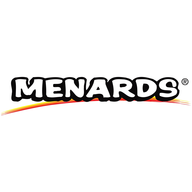
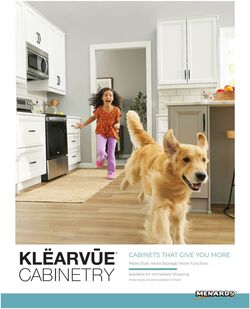
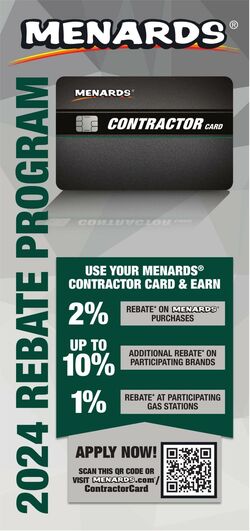
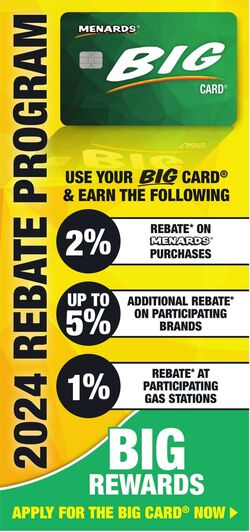
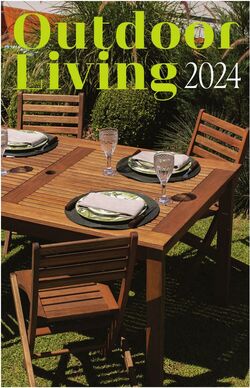
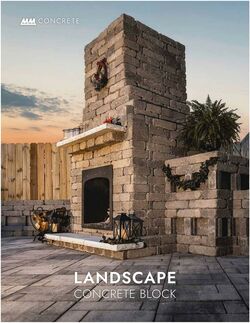
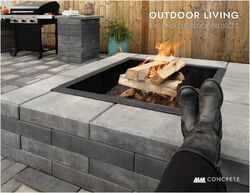


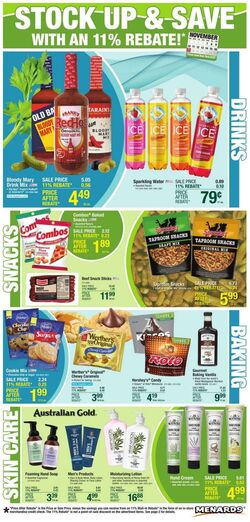
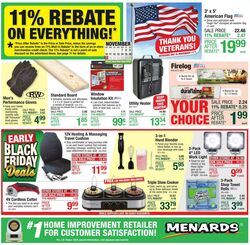


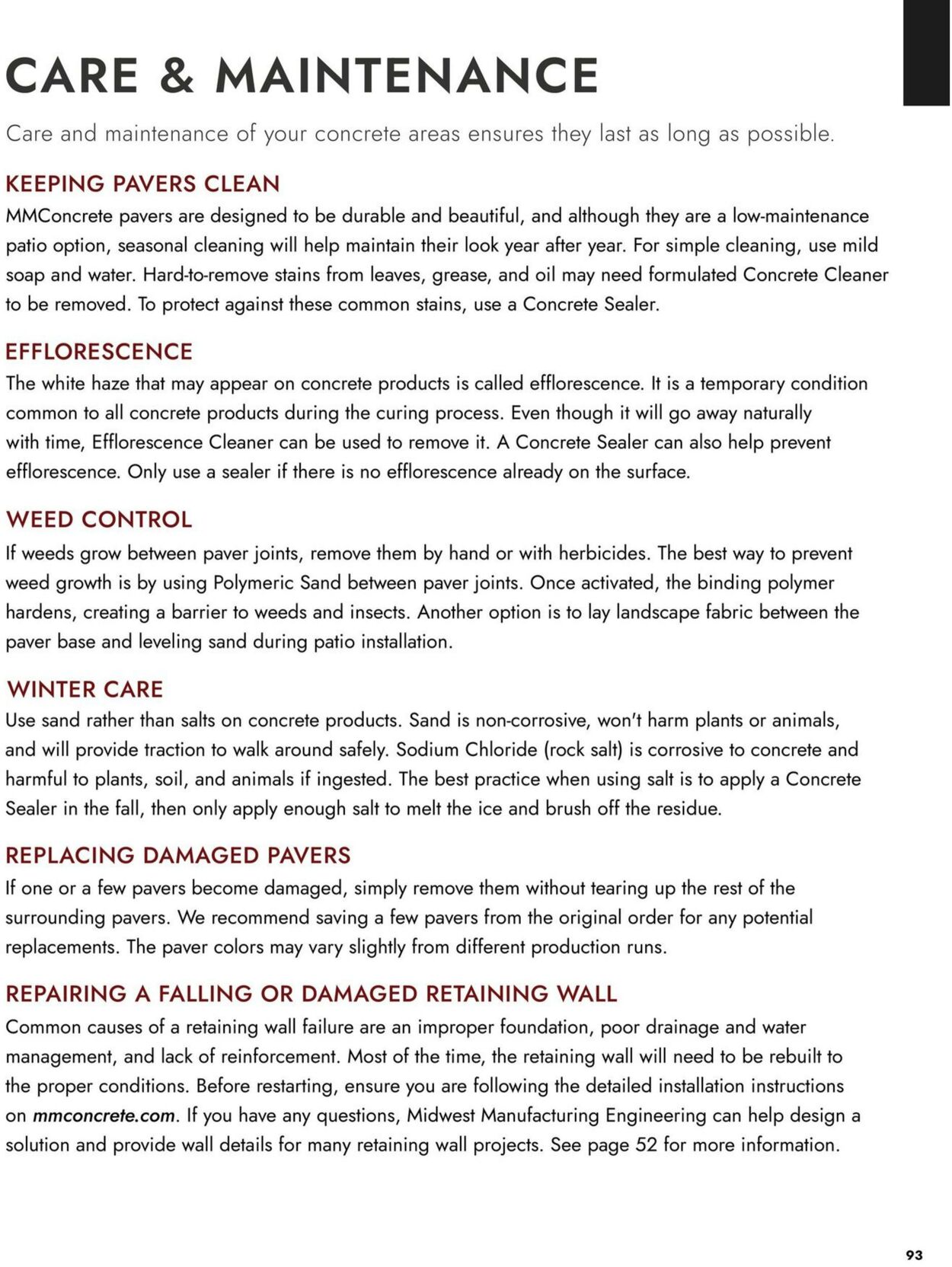
Products in this weekly ad
CARE & MAINTENANCE Care and maintenance of your concrete areas ensures they last as long as possible. KEEPING PAVERS CLEAN MMConcrete pavers are designed to be durable and beautiful, and although they are a low-maintenance patio option, seasonal cleaning will help maintain their look year after year. For simple cleaning, use mild soap and water. Hard-to-remove stains from leaves, grease, and oil may need formulated Concrete Cleaner to be removed. To protect against these common stains, use a Concrete Sealer. EFFLORESCENCE The white haze that may appear on concrete products is called efflorescence. It is a temporary condition common to all concrete products during the curing process. Even though it will go away naturally with time, Efflorescence Cleaner can be used to remove it. A Concrete Sealer can also help prevent efflorescence. Only use a sealer if there is no efflorescence already on the surface. WEED CONTROL If weeds grow between paver joints, remove them by hand or with herbicides. The best way to prevent weed growth is by using Polymeric Sand between paver joints. Once activated, the binding polymer hardens, creating a barrier to weeds and insects. Another option is to lay landscape fabric between the paver base and leveling sand during patio installation. WINTER CARE Use sand rather than salts on concrete products. Sand is non-corrosive, won't harm plants or animals, and will provide traction to walk around safely. Sodium Chloride (rock salt) is corrosive to concrete and harmful to plants, soil, and animals if ingested. The best practice when using salt is to apply a Concrete Sealer in the fall, then only apply enough salt to melt the ice and brush off the residue. REPLACING DAMAGED PAVERS If one or a few pavers become damaged, simply remove them without tearing up the rest of the surrounding pavers. We recommend saving a few pavers from the original order for any potential replacements. The paver colors may vary slightly from different production runs. REPAIRING A FALLING OR DAMAGED RETAINING WALL Common causes of a retaining wall failure are an improper foundation, poor drainage and water management, and lack of reinforcement. Most of the time, the retaining wall will need to be rebuilt to the proper conditions. Before restarting, ensure you are following the detailed installation instructions on mmconcrete.com. If you have any questions, Midwest Manufacturing Engineering can help design a solution and provide wall details for many retaining wall projects. See page 52 for more information. 93
| Name | Details |
|---|